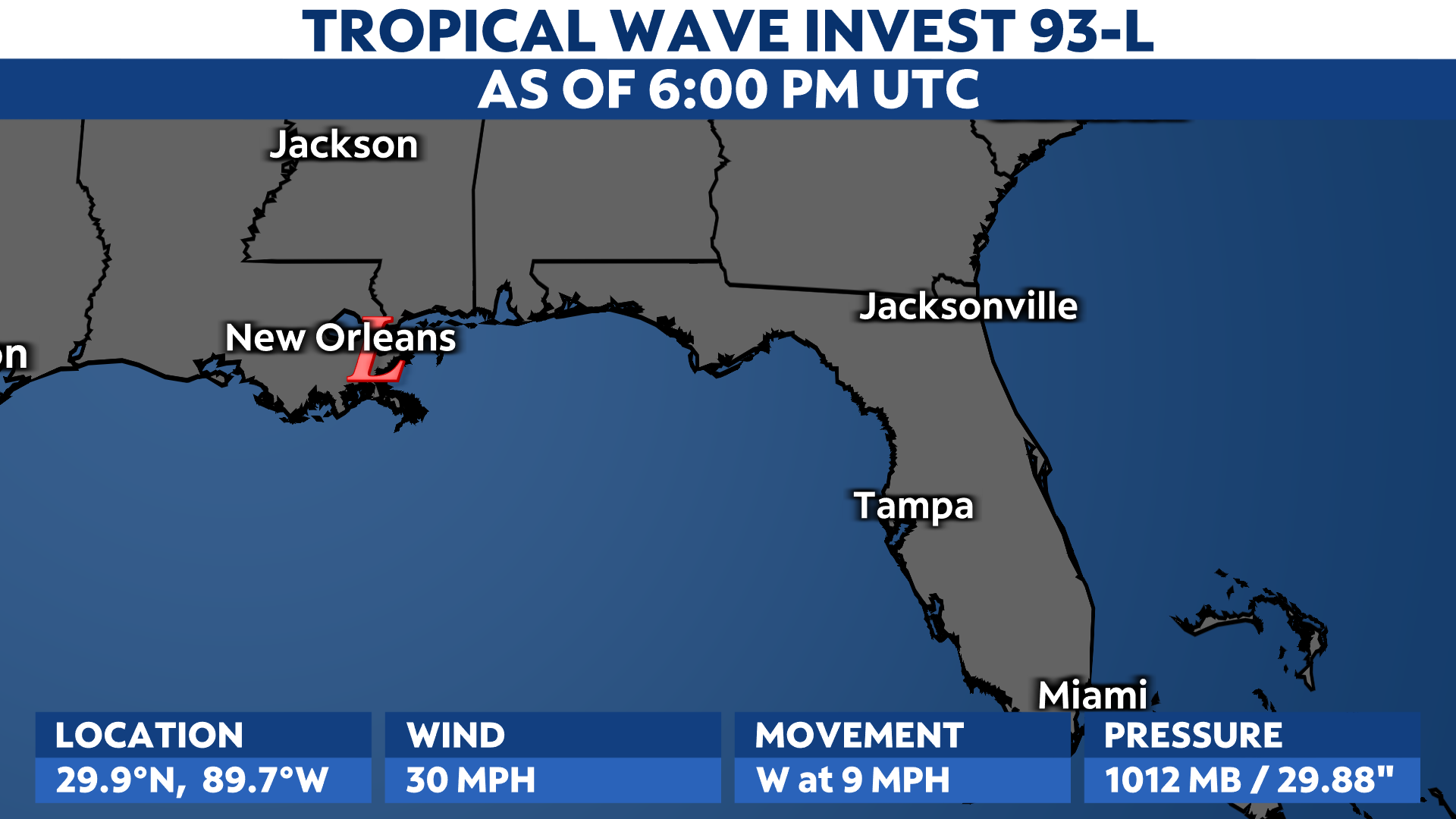Tropical Storm Lee formed in the central Atlantic on Tuesday, becoming the twelfth named storm of the 2023 Atlantic hurricane season.
Lee continues to maintain its tropical storm status, but is strengthening as it heads west-northwest across the central Atlantic. It is about 1265 miles east-southeast of the northern Leeward Islands, and is now producing maximum sustained wind speeds of 65 mph.
Lee is forecast to strengthen rapidly as it moves across the tropical Atlantic over the next few days. It will likely become a hurricane on Wednesday before intensifying to a major hurricane by Friday, where it could bring impacts to the Leeward Islands.
It’s still too far out to determine if this storm will affect the U.S.
Most computer forecast guidance curves Lee toward the north as it approaches the Bahamas. Even if it doesn’t make landfall on the U.S., it could still send swells to the coast and increase the risk of rip currents.

Spaghetti models or plots show a series of individual computer forecast models together on one map. They are useful to give insight into whether multiple models agree on the path of the storm, but they do not address the storm’s forecast intensity, winds, flooding and storm surge potential or other data. Tap here for more details on how to best use these models.
In addition to Lee, we are also monitoring two other disturbances in the Atlantic that could potentially develop over the next week as well.
Check here for a look at the 2023 Atlantic hurricane season so far.
Our team of meteorologists dives deep into the science of weather and breaks down timely weather data and information. To view more weather and climate stories, check out our weather blogs section.

